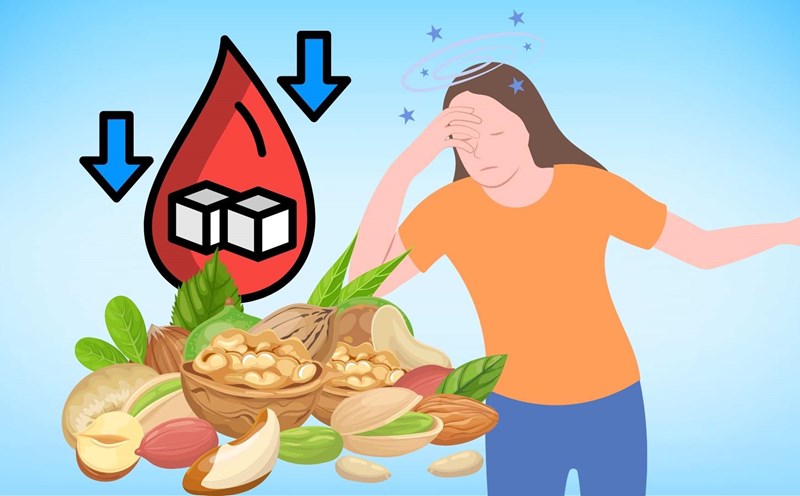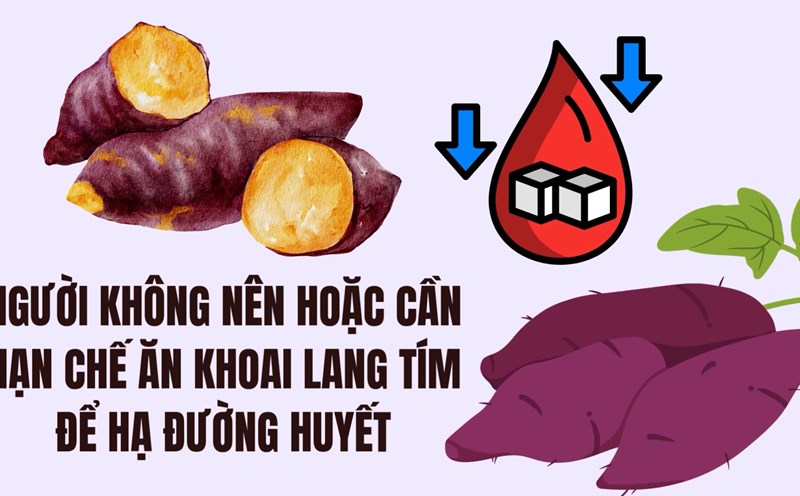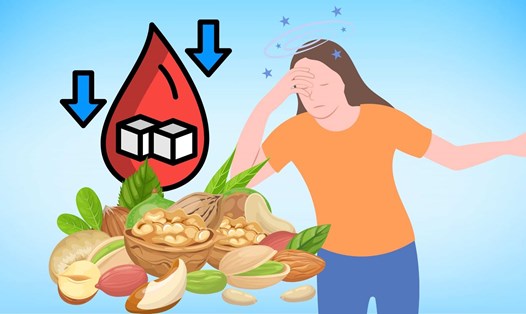From rustic dishes to natural medicine for people with diabetes
Sweet potatoes (Ipomoea batatas) and pumpkin (Cucurbita pepo) are both nutritious foods that can help stabilize blood sugar. However, each type has its own advantages.
Pumpkin contains fewer carbohydrates, only about 8g in a cup compared to 27g in sweet potatoes.Therefore, pumpkin does not increase blood sugar as strongly as starchy foods.Meanwhile, sweet potatoes stand out for their high fiber content (4g per cup), which helps slow down the digestion and absorption of sugar into the blood.
Both sweet potatoes and pumpkin have an average glycemic index, but eating them with protein or healthy fats will help stabilize blood sugar better, says Brittany Lubeck, a clinical nutritionist in the US.
Comparing nutritional value and health benefits
A cup of sweet potato contains about 114 kcal, higher than pumpkin (30 kcal), but provides a lot of vitamin A, potassium and beta-carotene, nutrients that help improve eyesight, cardiovascular health and immunity.
Pumpkin is lighter in energy, but rich in vitamin C and antioxidants that help increase resistance.Studies have also shown that replacing high-calorie foods with pumpkin can help control weight and reduce the risk of type 2 diabetes.
In addition, both of these vegetables have anti-inflammatory effects, which are good for the heart and digestion. The fiber in sweet potatoes helps nourish the intestinal microflora, while polysaccharides in pumpkin help increase beneficial bacteria.
Eat properly to stabilize blood sugar
Experts recommend not to eat too much, whether sweet potatoes or pumpkin. Each meal should only have a small portion, served with protein sources such as fish, eggs or beans to better control blood sugar.
You can process them into baked goods, soups, warm salads or mashed them into cakes. Eating less sugar and less oil will help maximize health benefits while still retaining the familiar rustic flavor.











